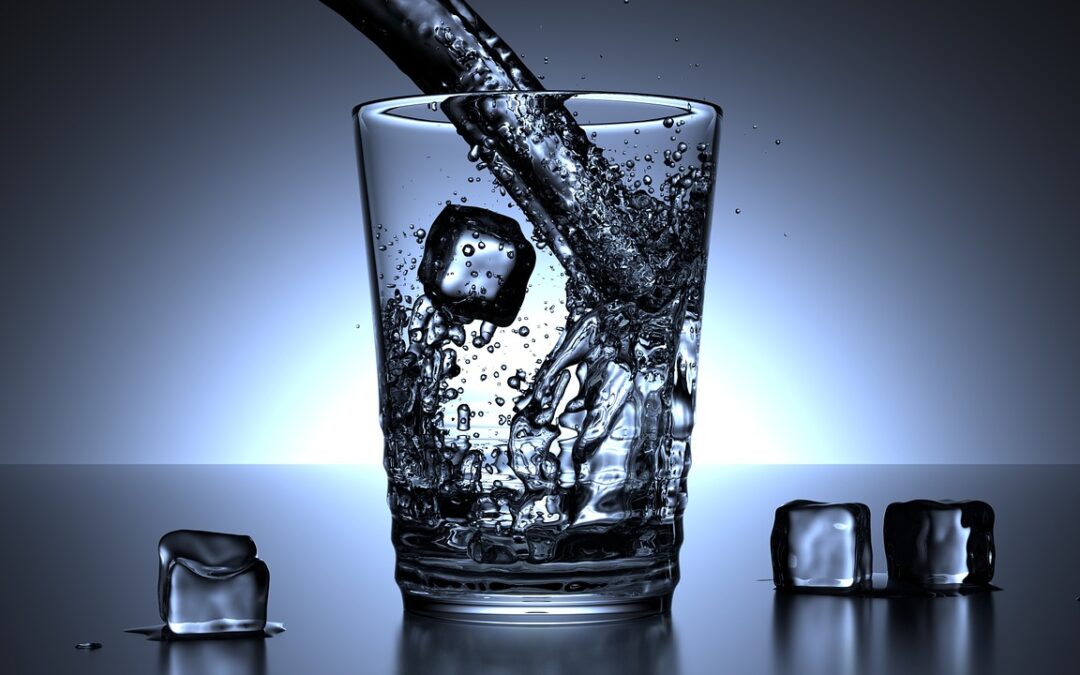According to the World Health Organization (WHO), “the presence of the COVID-19 virus has not been detected in drinking water supplies and based on current evidence the risk to water supplies is low”. Homeowners that receive their water from a public water utility may contact their provider to learn more about treatments being used. Treatments may include filtration and disinfection such as chlorine that remove or destroy pathogens before they reach the tap.
All landowners and residences who install a new groundwater source for drinking water (drilled well, a new shallow well, a new driven well point or a new spring), or who deepen an existing groundwater source are required to test the water before using and continue to monitor. Many smaller systems using groundwater wells do not have permanent disinfection. This doesn’t mean that these sources are at risk, but they do lack the additional barrier disinfection provides. If you are worried about your well, we recommend sampling the well for E.coli bacteria. These bacteria are good indicators that your source may be at risk. Other required parameters are Arsenic, Chloride, Fluoride, Iron, Manganese, Nitrate, Nitrite, Sodium, Uranium, pH and Odor, Gross alpha radiation screening test.
Additionally, if you are on public water, test your water for Lead and Copper to find out if your pipes or fixtures are a source of lead or copper with a first draw test.
Legionella is found naturally in freshwater environments, It can become a concern when found in water systems such as showerheads, sink faucets, cooling towers, hot tubs, and large plumbing systems. Legionella can spread into droplets small enough to be inhaled.
Perfluoroalkyl and polyfluoroalkyl substances (PFAS) and perfluorinated compounds (PFCs) are manmade chemicals not occurring naturally in the environment that is used for a variety of applications because they resist heat, water, and oil/grease (stains). Because of their chemical makeup, they are toxic at relatively low concentrations. PFAS, sometimes referred to as “forever chemicals,” persist in the environment and accumulate within the human body over time. PFAS can get into drinking water when products containing them are used or spilled onto the ground or into lakes and rivers. Once in groundwater, PFAS are easily transported long distances and can contaminate drinking wells.
PFAS in the air can also end up in rivers and lakes used for drinking water.
NOTE: Water and wastewater facilities did not create this problem. Various manufacturers did and their pollutants slide through the water and wastewater systems.
It’s most efficient to stop pollutants at their source, before they get into the environment.
Please contact us for more information

